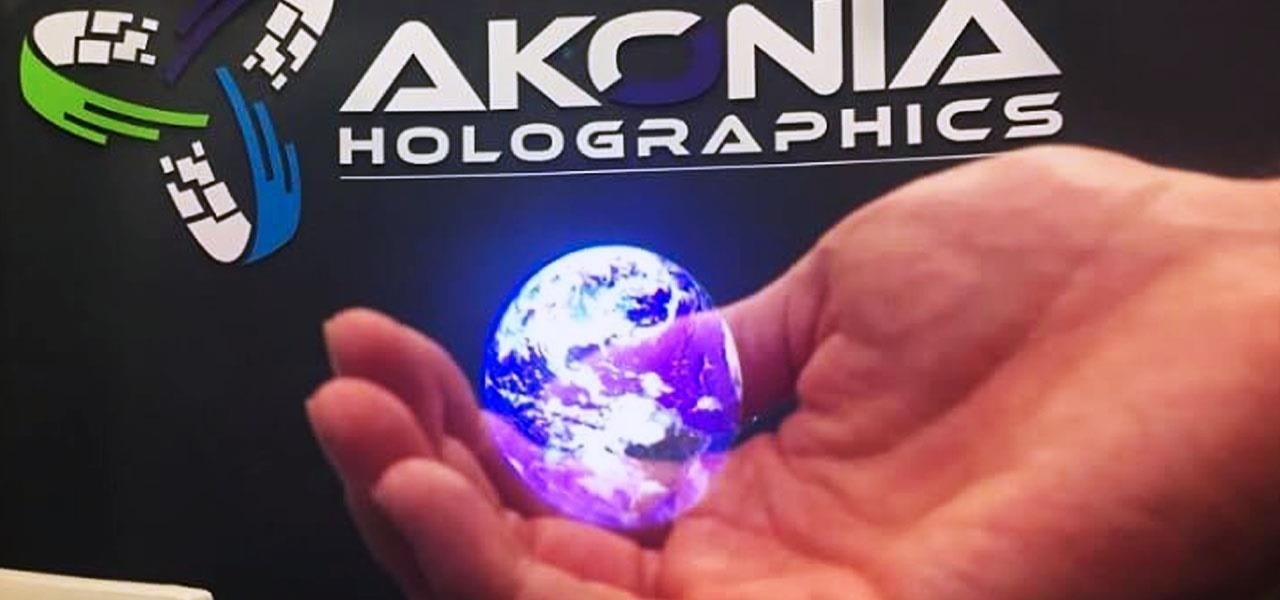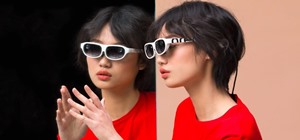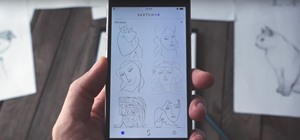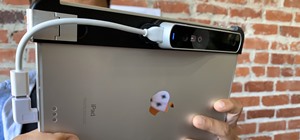While Apple may not be ready to divulge its roadmap for shipping its rumored augmented reality headset, the company's actions tell us a different story.
The latest move, according to a report from Reuters, is the acquisition of Akonia Holographics, a company that makes full-color, transparent waveguide displays that check off all the right boxes for augmented reality headsets — thin, lightweight, energy efficient, and a wide field of view.
Not only does Apple's latest acquisition have the display technology needed for consumer-focused smartglasses, but also it boasts the manufacturing processes to make them at a low cost, fitting Apple's modus operandi of making its own components. Furthermore, Akonia possesses more than 200 patents for optics and holographic recording and storage, bolstering Apple's own portfolio of patents related to augmented reality.
Terms of the deal were not revealed, but Akonia's website notes that it received $11.6 million in seed funding in 2012.
"Apple buys smaller companies from time to time, and we generally don't discuss our purpose or plans," the company said in a statement to Reuters.
- Don't Miss: Concept Video Hints That First Mainstream AR Smartglasses Could Feature Glass from Apple-Backed Corning
Despite remaining tight-lipped about its own playbook, the general consensus among analysts and anonymous sources is that Apple is on pace to ship its AR smartglasses by 2020 (although at least one analyst gives the company another year, based on currently available technology).
Apple has already assembled a team of engineers, designers, and executives devoted to "the next new product category at Apple." Some have come through hires, including its most recent additions of a former Twitter executive and a one-time DAQRI designer. Others have come through acquisition, namely AR/VR headset maker Vrvana.
- Don't Miss: Apple's First Augmented Reality Wearable May Include MicroLED Panels from Taiwan, Report Says
Its previous acquisitions and hires have already enabled the company to establish an AR software ecosystem with its ARKit platform and the iPhone X's TrueDepth sensor, which, in part thanks to investment from Apple, could eventually power AR wearables.
In the meantime, while its increasingly larger AR team works on still unconfirmed AR hardware, Apple is expected to continue iterating on the AR capabilities of its existing products. Cupertino's finest will reportedly extend its TrueDepth sensor to more iPhones and iPads this year and eventually expand on the AR capabilities of the rear-facing camera in future iPhones in 2019.
Just updated your iPhone? You'll find new features for Podcasts, News, Books, and TV, as well as important security improvements and fresh wallpapers. Find out what's new and changed on your iPhone with the iOS 17.5 update.























Be the First to Comment
Share Your Thoughts